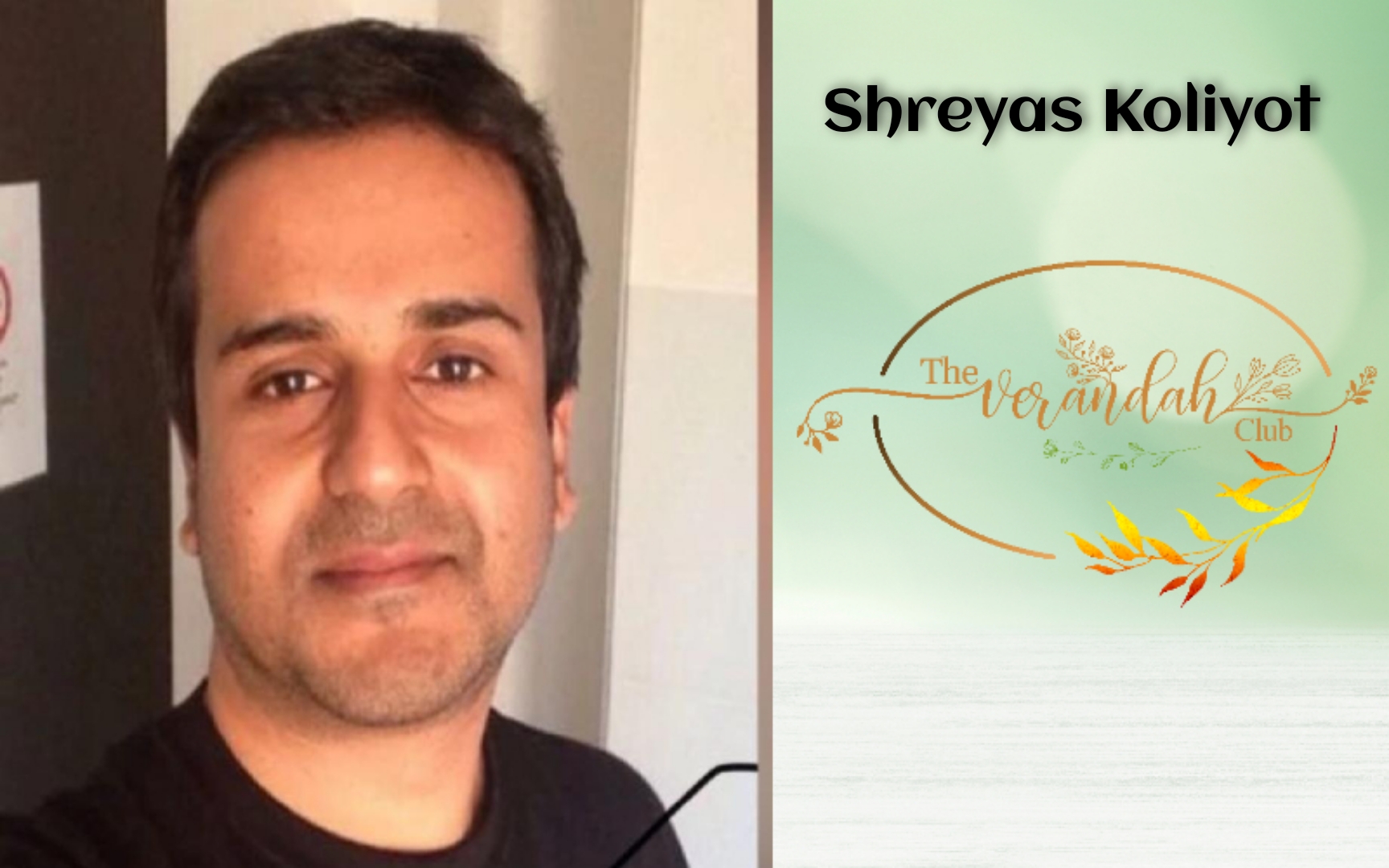
"My maternal grandfather, Soman used to get the Bhaagavata Saptaham performed in the Guruvayoor Sri Krishna Temple in the late fifties of the twentieth century. He would engage scholars for this occasion. Grandfather told me that this was a good thing to do, for it included two things, helping the common man to find a way so that he leads a content life. It will help someone understand what is right and wrong. One will also grasp as to, what is dharma? What is duty? & What is the right of a person? I wish to add further to that. Man is confused today. Wealth has become the indices, and everything comes second. Success is also measured by the amount of wealth possessed. This is reason enough for us to conduct the 'Bhaagavata Saptaham' in Kozhikode for the past several years," smiled Shreyas Koliyot while going at length about this annual feature.
Shreyas was born to Sashikala and Suresh in Kerala. He is software engineer. The Bhaagavata has done his Master's in Computer Science and financial management. This techie entrepreneur is the CEO of tech27.com and spends much of his time at Aberdeen, Scotland. His brother, Sulaksh is a businessperson in India. Shreyas spends a lot of time to conduct this annual pooja in their family home in Kozhikode. He ensures that everything is in place. CSR (Corporate Social Responsibility) funds play a role in the scheme of things. The commitment showed by this technocrat entrepreneur needs to be recognized.
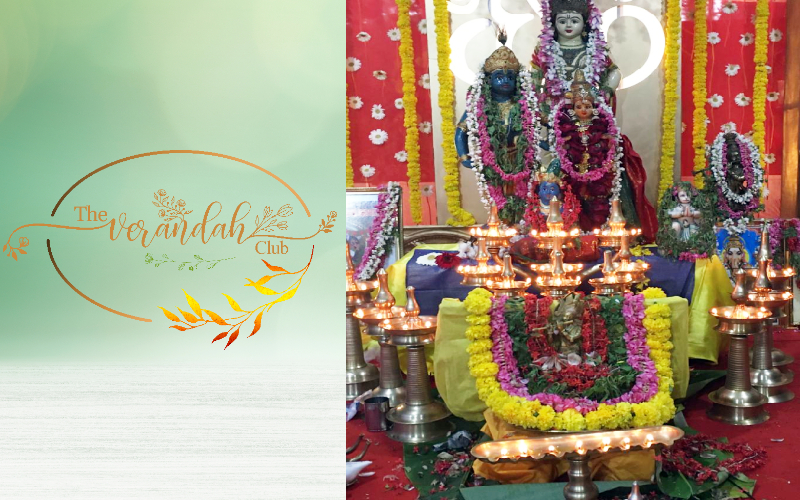
‘Bhaagavata Purana’ is also known as ‘Srimad Bhaagavatam’. It was composed in Sanskrit and is among the eighteen great puranas in Hinduism. This Purana is available in most Indian languages. It inculcates Bhakti towards Lord Krishna, and it integrates themes from Advaita (Monism of Adi Shankara), Vishishtadvaita (Qualified Monism of Ramanujacharya) and Dvaita (Dualism of Madhvacharya). It discusses a wide range of topics including astronomy, cosmology, genealogy, geography, legend, music, dance, yoga, and culture.
The evil forces win the war against the Devas (deities) and the Asuras (demons) rule the world. The problem is solved by Lord Vishnu, who begins by creating a truce with the evil forces first. Later, they are understood and defeated. Thus, happiness, hope, justice, freedom, and contentment are restored. This cyclic theme appears in many stories. Many of us witness it even today and therefore we need to understand the concept behind all this. The 'Bhaagavatam' helps us to transcend the difficult to secure a path that will help us to fulfill the goals of life as elucidated by the scriptures - Dharma, Artha, Kama and Moksha. They tell us to lead a righteous life and look into survival goals while not getting submerged in indulgences. Ultimately, a calm mind begets us self-realization or salvation.
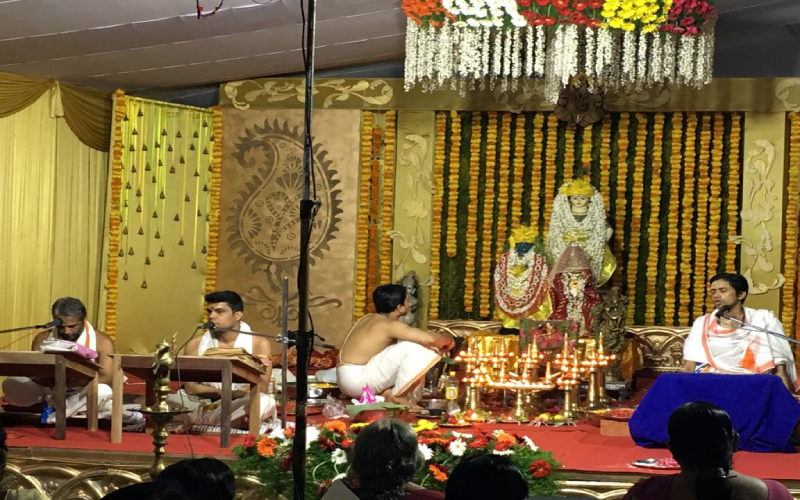
The 'Bhaagavatam' was made extremely popular due to the efforts of Swami Bhakti Vedanta Swami Prabhupada, the Founder of ISKCON (International Society for Krishna Consciousness). This text is revered in India and presents a way of thought which competes with the Vedas. Finally, Bhakti leads one to self-realization and salvation. The ‘Bhaagavata Purana’ tells us that the inner nature and outer form of Krishna is identical to the Vedas and that is why it can rescue one from the clutches of evil. The text consists of 18,000 verses and Krishna is said to reside within it. ‘Bhaagavata Purana’ was the first of its kind to be translated into a European language. The name means, worshippers of Lord Vishnu. This literary incarnation of Lord Krishna was compiled by Veda Vyasa.
The first well known rendition of ‘Bhaagavatam’ took place during the times of King Parikshith, the son of Uttara and Abhimanyu. He was cursed to die of snake bite by Sringin, the son of Sage Shamika in seven days. The king listens to the ‘Srimad Bhaagavatam’ from none other than Shuka, the son of the composer Veda Vyasa. Parikshith had played a vital role in the consolidation of the kingdom of Hastinapura. It was during his times that Vedic hymns were arranged into collections. His kingdom was a center for culture and political power during his times and during the reign of his son, Janamejaya. This rendition of ‘Bhaagavatam’ in seven days was the first Saptaham. Bhagavatas like Shreyas have been serving the society by organizing the Saptahams and this ancient tradition has been going on for the past thousands of years.
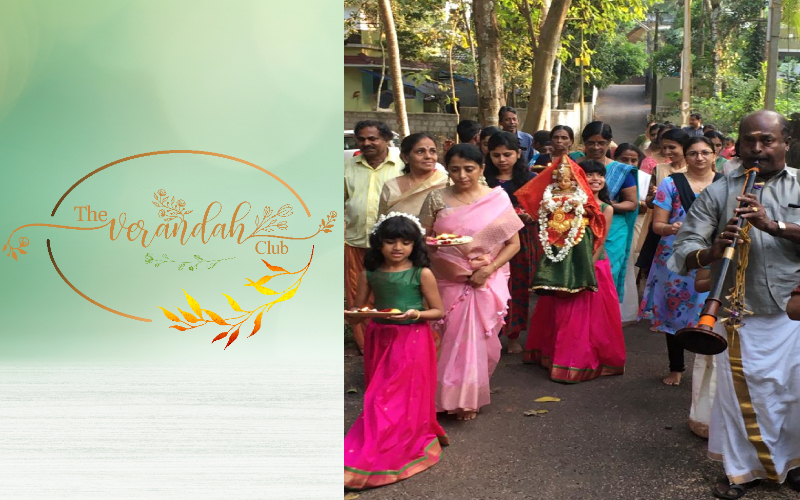
"A Yagnacharya directs the entire pooja for seven days. The verses would be read by two people, and he would then offer a full explanation in a way that will connect the ‘Bhaagavatam’ with the common man. The discourse will be useful for the common man for it will help him to lead a nice life in every sense. The Purana talks about all the incarnations of Vishnu. On listening to this rendition, one would understand the link between science and our culture," added Shreyas.
The seven days begin pretty early. A Ganapathy Homam precedes everything else. It begins by 5 am. The pooja is an open house and everyone is welcome to the family home of Shreyas. About 300 plus people attend this lecture which is delivered in chaste Malayalam. Chairs, stage, floral decorations would be organized by the near and dear of Shreyas. The decoration is theme-based and relates to the purana itself. For example, the birth of Yoga Maya Devi is celebrated in red, for the Narasimha incarnation, it is a high energy kind of decoration. The Krishna Avatara is celebrated well. It begins with the birth and goes on until his Swargarohana. There is a special honor for Krishna at the time of the Rajasuya Sacrifice and it finds a special mention. The decoration related work starts by 1 am. People begin to normally troop in closer to 6 am. Everyone is served food and it is prepared under the supervision of a Namboodiri Chef who is 80 years old. Although the Chef could not hear properly, he is said to be working hard, and has been doing so for years together. A hearing aid has been provided to him.
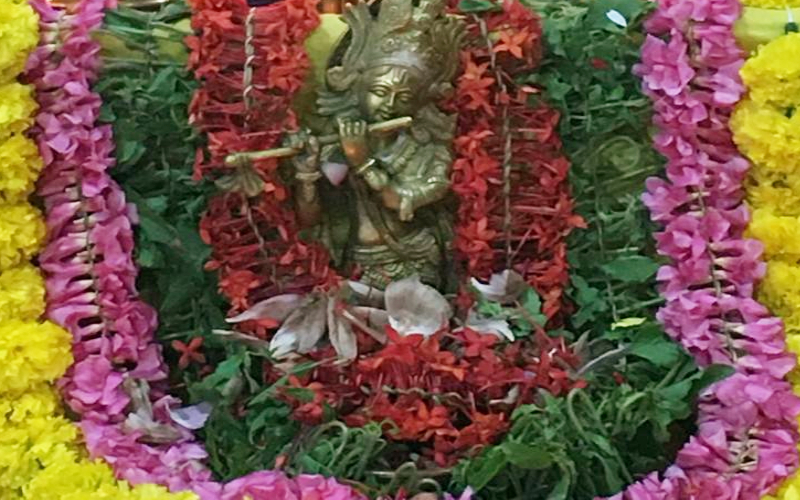
"This occasion is very addictive. We are using this opportunity to give something back to the society. Nothing should be expected in return. In fact, there was a time when Kerala was heavily flooded, and people came to our home by wading with the pooja materials being my carried over their heads. They did so voluntarily. Luckily, our home was at a higher level therefore it was possible to hold the Saptaham. There is no ‘You ' or 'Me' here, for everyone is equal. We will understand that that there is much more than the body, the mind, and the senses through these stories. The person is called pure consciousness. All of us undergo sufferings due to the body, mind, and intellect. However, the Atman is part of God. It is Ishwaramsham. Gold is made into many kinds of ornaments and yet it is gold only. Similarly, we have to see the consciousness which is all pervading," stated the spirited Shreyas.
A lot of charity is done by Shreyas and company network with several organizations with the CSR funds from tech27.com. They have worked with the Seva Bharathi, Lions Clubs, a few Catholic Institutions with old people in the premises, Rotary Clubs to offer prosthetic legs. Shreyas calls it, “the joy of giving is great.” He states that it is much more appropriate to do it at the time of the Saptaham. The entrepreneur states that not many understand that we gain more by giving. Shreyas was greatly inspired by his grandfather Soman. The simple man had told him a lot of stories those days. The Saptaham had taken place in their 300-year-old Palakkad home, and it was back in 1996. Uncles and granduncles had contributed towards the same. The current model of the Saptaham is in Kozhikode. It happens during December - January each year and Shreyas states that it is nice to begin the New Year this way. He says that it is far better than getting drunk in a club. A spiritual high is better than a drink high says the Bhagavata. Invitations are sent to temples and to scholars. Several priests and scholars attend the Saptaham. The family maintains a register of addresses specifically to invite people for the pooja.
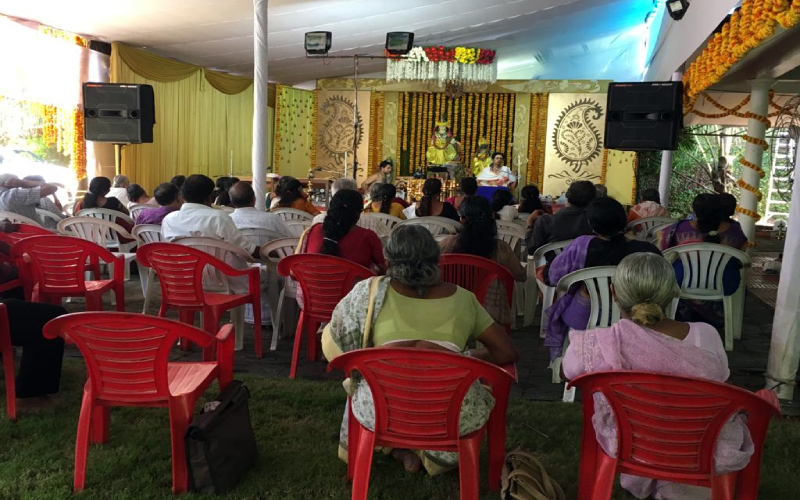
Work is divided. The elder brother, Sulaksh takes care of the food part and Shreyas looks into the pooja part. Of course, the entire family chips in. Two weeks of time is consumed, and it is like an Ahuti. Shreyas belongs to the Vysya community, and this businessperson is a pure vegetarian teetotaler. “My Guru has given a number of Saptaham lectures. He had initiated me, and this Sanskrit scholar walks the talk. This simple man started with his spiritual activities from the age of fourteen. He is from Kozhikode and leads an extremely simple life. Of course, we have had many people to deliver the purport during the annual Srimad Bhaagavata Saptaham. Some of them have come from high order priestly families. One of them was a lecturer in a college. However, my Guru, Brahmashri Kizhakkumpatte Vinodh Kumar Sharma is a great soul, and he leads a minimalistic life. He wears wooden sandals while commuting. It is rare to see someone with such habits and traits,” mentioned Shreyas while talking about the Kozhikode Srimad Bhaagavata Saptaham which takes place regularly in his comfortable family residence. The Acharyan Vinodh Kumar teaches free of cost at his home during the weekends. Shreyas had observed the simple ways of his Acharyan during their journeys to spiritual locations.
Shreyas Koliyot lives in Scotland, the land known for its numerous varieties of curated intoxicants. This entrepreneur however is more interested in the Navneet (Butter) that is accrued through facilitating 'Srimad Bhaagavatam' lectures at Kozhikode in Kerala, India. Everyone will surely agree that the 'Bhaagavata Purana' is the butter that is churned out of our scriptures. These annual lectures help in making more and more people content. It is contentment which will get rid of disenchantment. One will get a lot more peaceful by becoming a Bhagavata like Shreyas. Kozhikode and its neighbourhood, Shreyas and his family, the ones who have heard about this 'Srimad Bhaagavata Saptaham' are eager to attend the sacred event during the times to come.
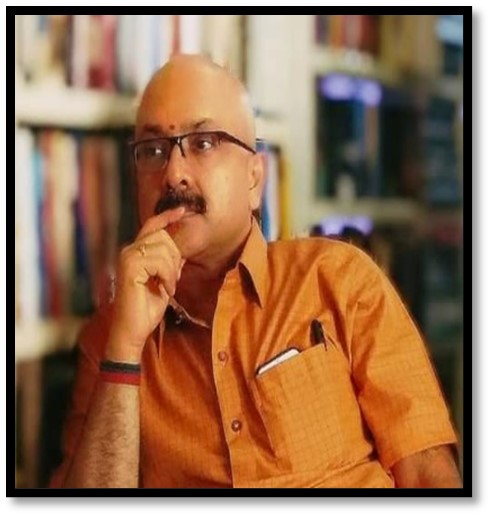
Mr. Rajesh Govindarajulu is one of the founding members of the Verandah Club Pvt. Ltd. He is a leading columnist, historian, jeweler, entrepreneur, and a heritage enthusiast who is earnestly working to revive the past in the light of the present. Experiential learning about the history of Coimbatore is his main course of interest and he is also a panel member of many colleges in the city.
NEXT ARTICLE
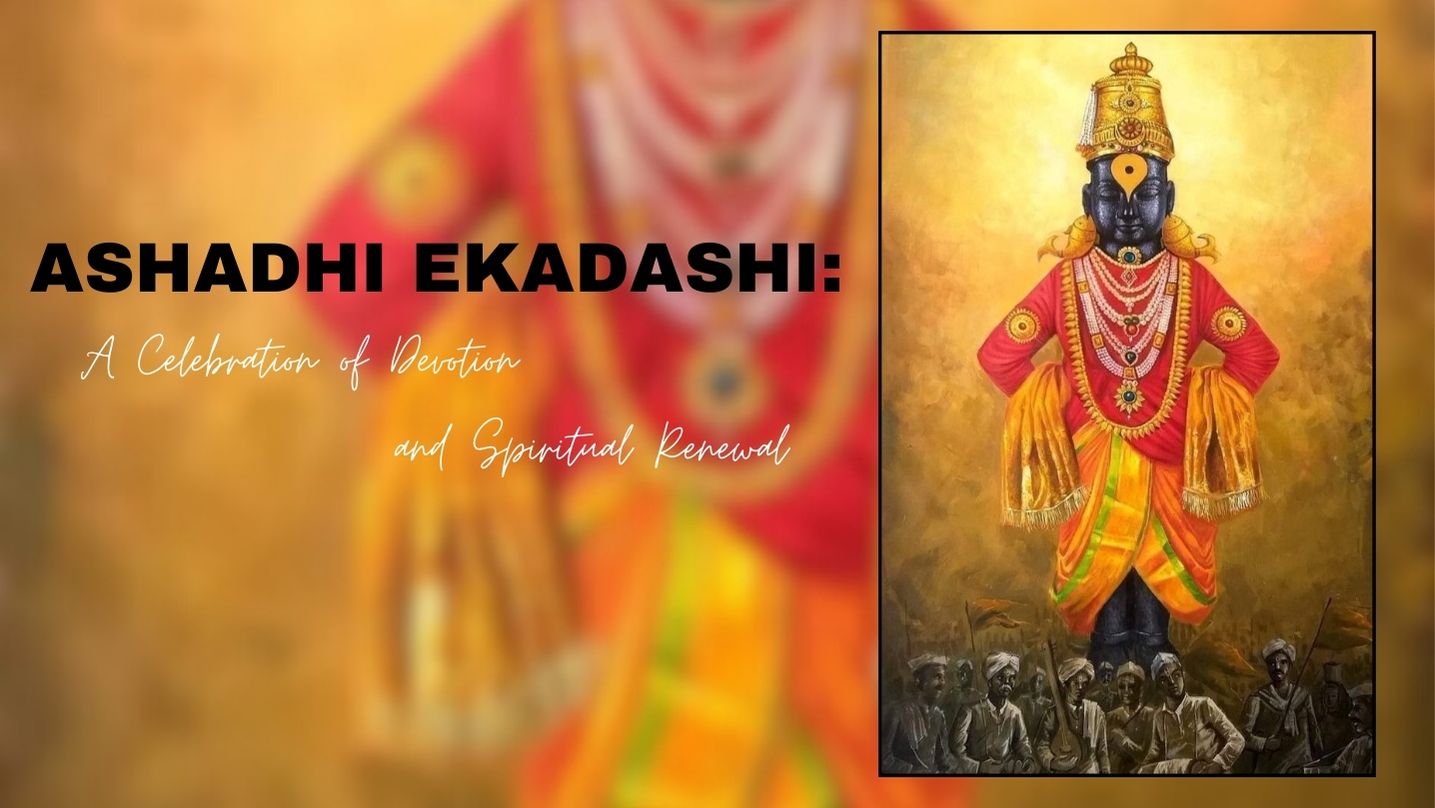
Ashadhi Ekadashi, also known as Shayani Ekadashi, falls on the 11th lunar day (Ekadashi) of the bright fortnight (Shukla Paksha) of the Hindu month of...
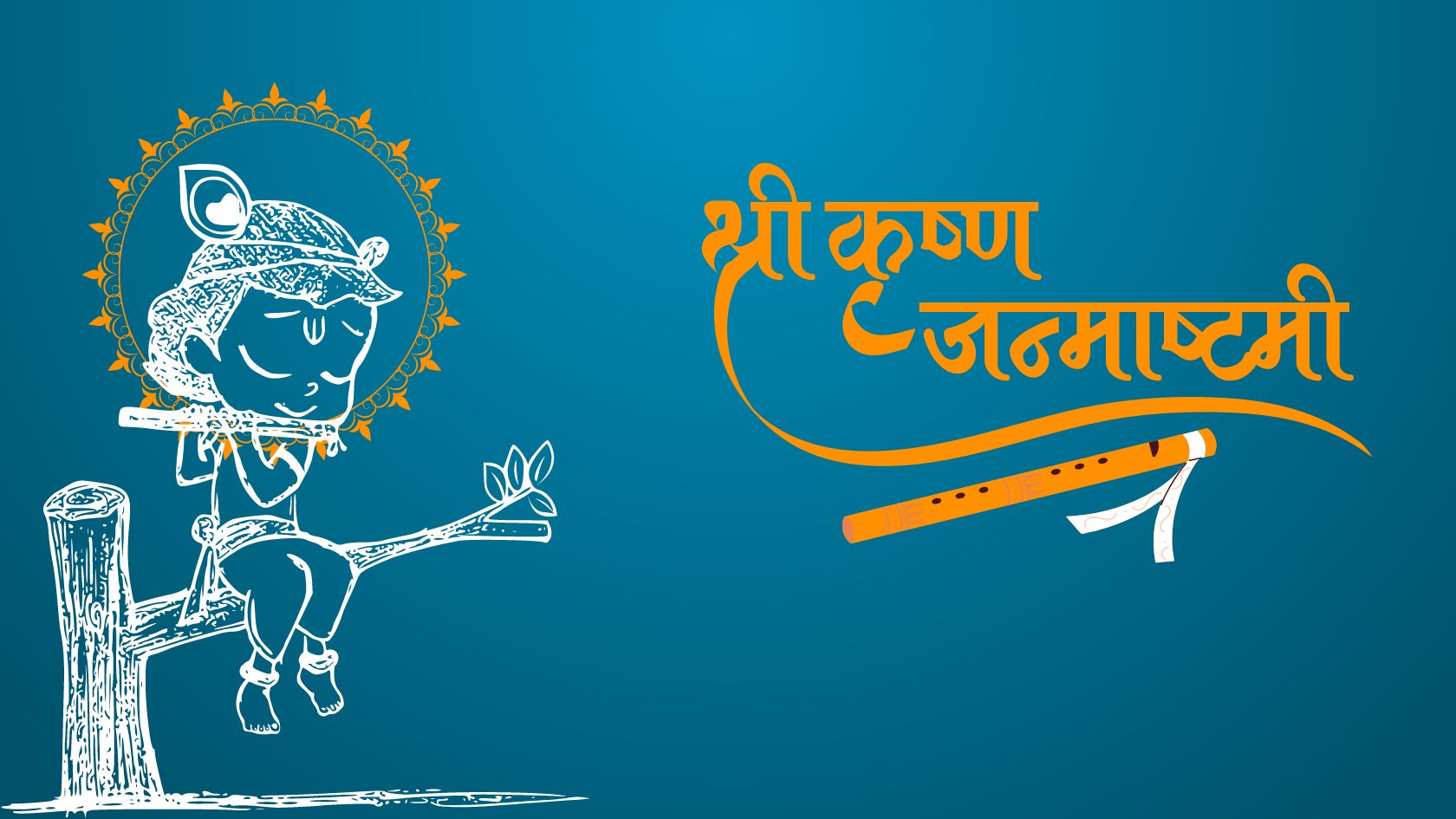
Every year, as the monsoon rains dance on the fields of India, an ancient story unfolds in the hearts of millions. It is the story of Krishna, the bel...
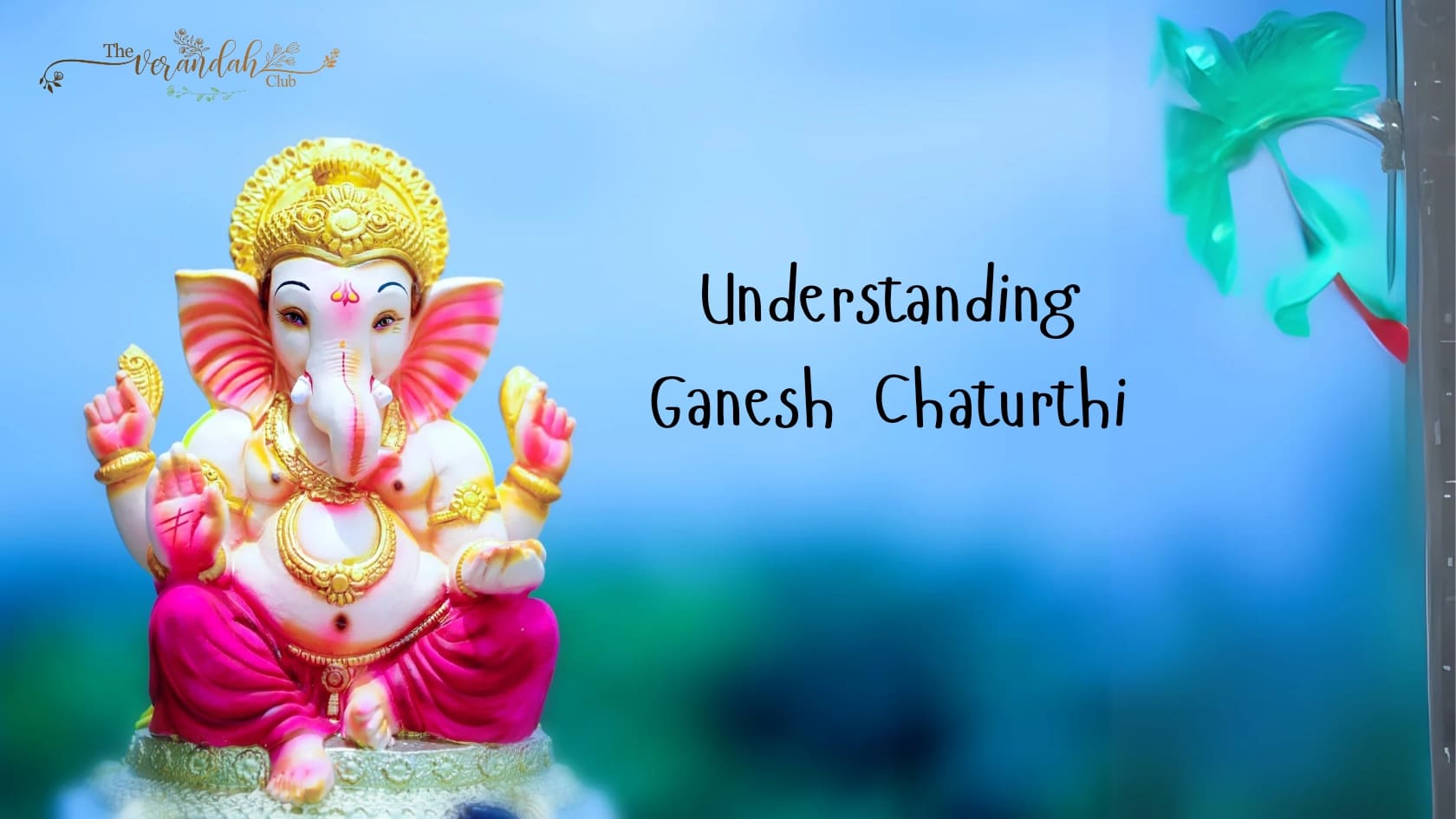
Ganesh Chaturthi, also known as Vinayaka Chaturthi, is a significant Hindu festival that honors Lord Ganesha, the deity revered as the remover of obst...